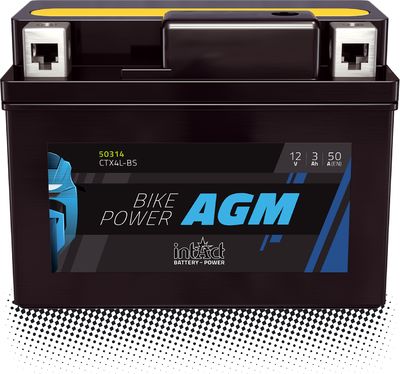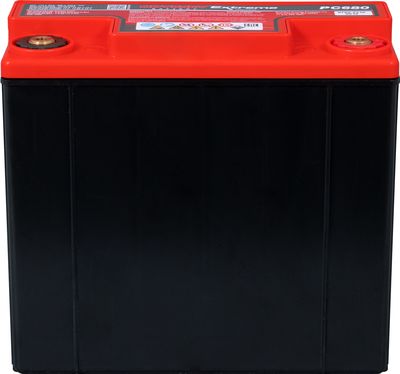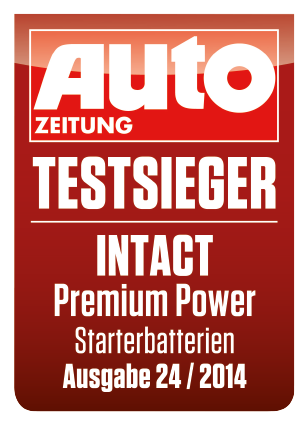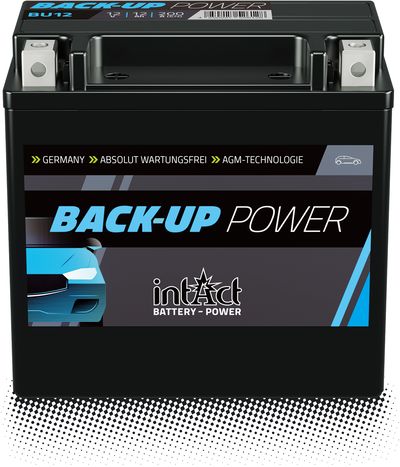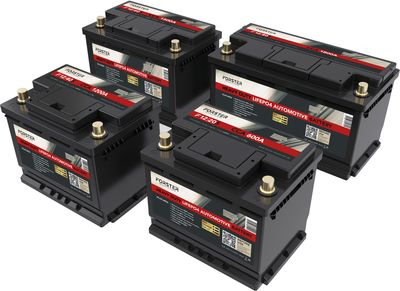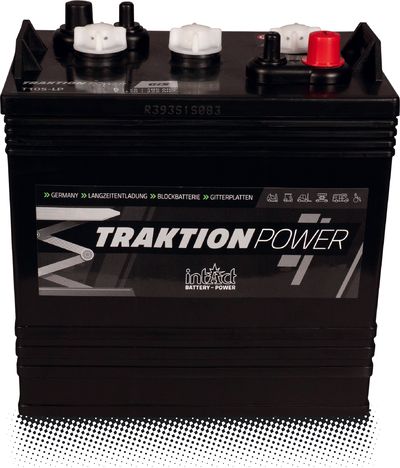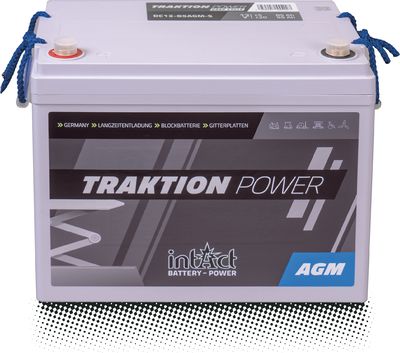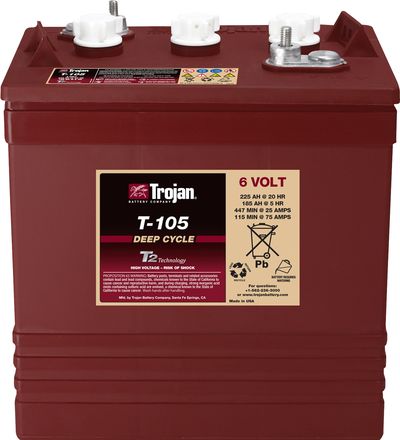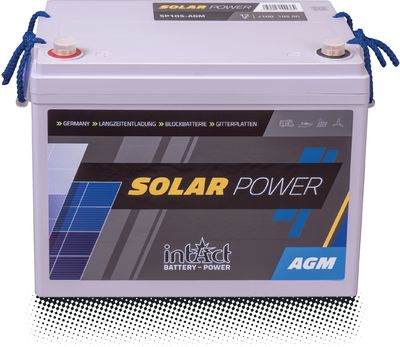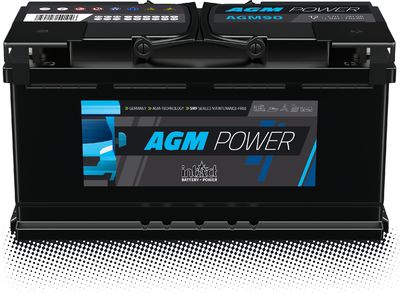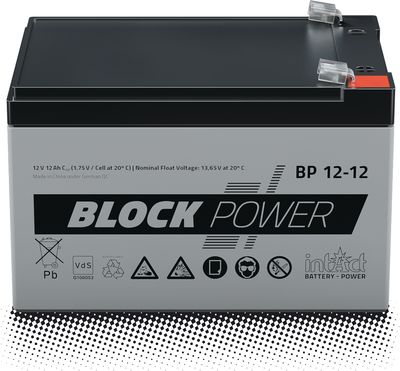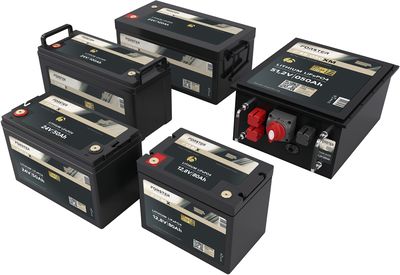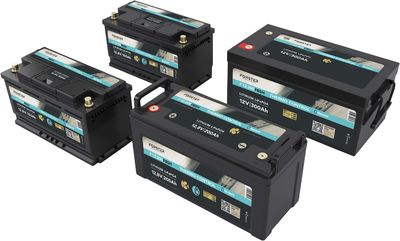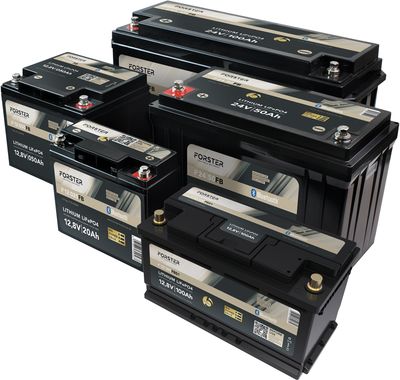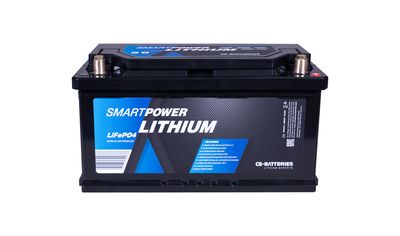Chargers and application
When do I need to recharge a battery?
Only when the battery is fully charged can anything come out permanently. That is clear. But how full is my battery right now? Is it full enough and if not, what do I have to do?
Full - empty - broken
Roughly speaking, a battery has these three states. A broken battery must be replaced. All other batteries should be recharged with a suitable charger. Only a battery that is fully charged can deliver its performance over the long term and thus avoid problems in the vehicle. The voltage of a battery is a good indication of which of the three states a battery is in.
When to measure the voltage
When problems occur
- If you get into the car in the morning and the starter doesn't twitch properly anymore, then something is definitely wrong with the battery.
- Whenever the vehicle starts sluggishly. When you hear the typical noise.
- When the vehicle has been standing for a longer period of time. Seasonal vehicles, motor homes or motorcycles often have starting problems because the battery has discharged.
Otherwise, you can also check the battery charge status every two or three months.
Load short distance
The classic is actually short-distance traffic. Driving the children 3 km to kindergarten in the morning and then back again. Especially in winter, when the full Christmas tree is burning. The seat heating is on, the heated rear window, windshield heating, heated mirror, everything burns. On the other hand, no charge arrives in the battery. If this is the case more often, it is quite good to measure regularly.
How to measure
It is best to measure with a voltmeter that can measure direct current, if possible with two decimal places and plus and minus cogs. The cables or the clamps are held to the respective plus and minus pole and the value is read on the display of the meter. In this way, you can see how the voltage of the battery is at rest.
What does rest voltage mean?
The quiescent voltage is important. This is the voltage at least 4 hours after the last charge and after no current has been drawn for at least 1 hour. So do not come from the highway, have driven 200 km and then hold directly with the meter on it. Then every battery has a super voltage. You should wait a bit until the battery has quieted down, the quiescent voltage has occurred again and then you should measure there.
Evaluate voltage with traffic light
Otherwise, there are a few key values: A full battery actually has 12.72 volts, then it is 100% charged. 12.72 volts is the optimum. About anything above 12.6 volts is good. At 12.6 volts, charging is recommended. At any value less than 12.5 volts, you should definitely hook the battery to the charger to restore your performance accordingly.
If after charging and the open circuit voltage remains permanently below 12.6 volts, or if the voltage was 12.7 or 12.8 volts at the end of charging but very quickly goes below 12.6 volts, then the battery certainly already has a defect. Maybe partially sulfated or completely sulfated and you should think about replacement.
Checking the voltage of your battery from time to time makes sense in order to maintain the performance and to get something out of the battery for a long time. This can be done very conveniently with the Batteryguard. It simply remains permanently connected to the battery and transmits the voltage data to your smartphone via Bluetooth.

